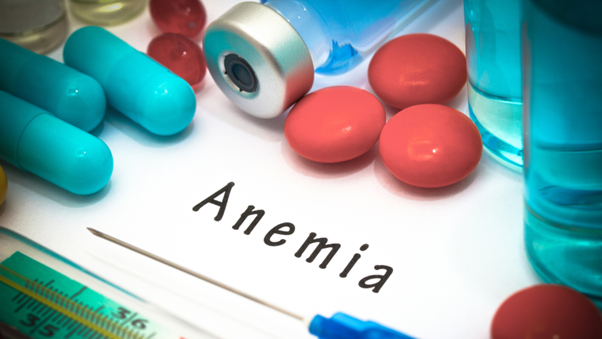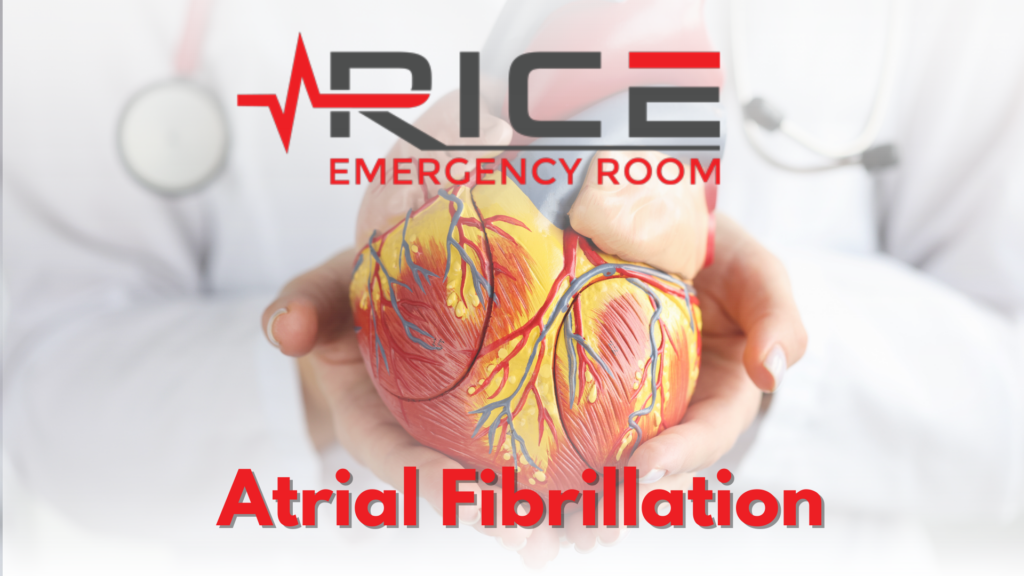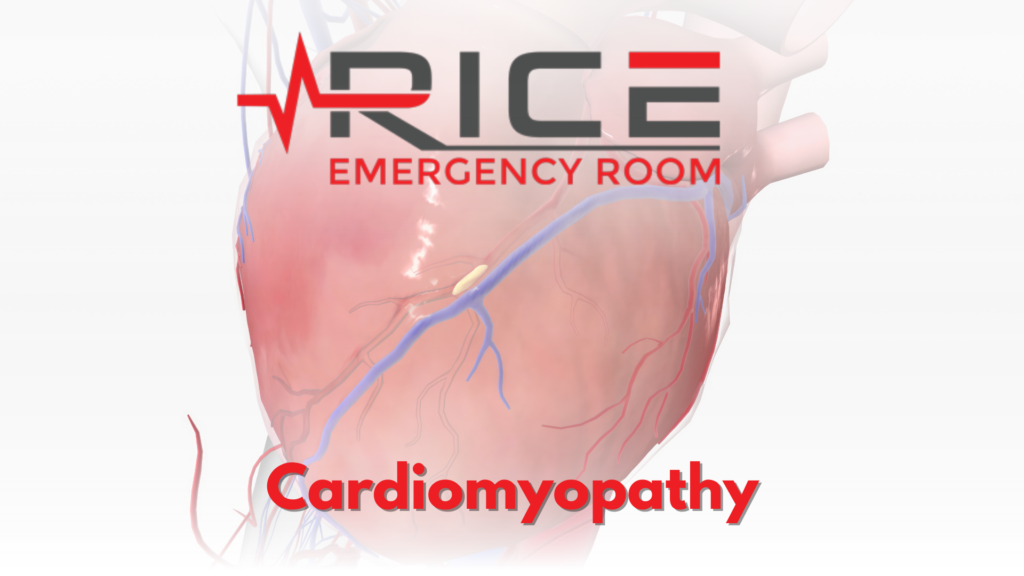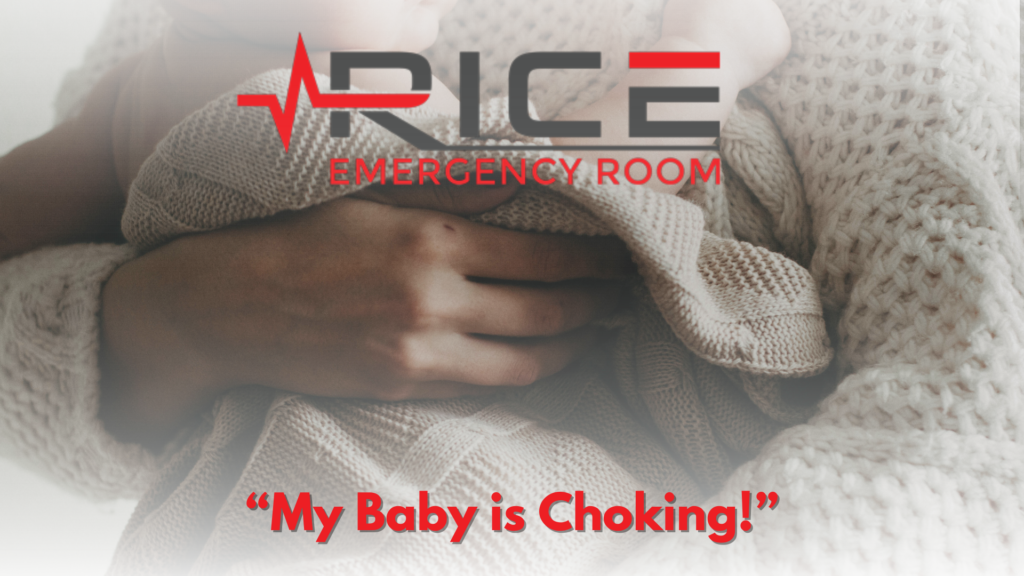
Anemia is more than just feeling tired; it’s a medical condition affecting millions worldwide. If you are concerned about anemia, it’s important to understand the three leading causes, symptoms, and treatments.. This comprehensive guide covers everything you need to know about anemia.
Symptoms of Anemia
Several signs and symptoms may be present depending on the cause and degree of anemia. Your anemia may not create any symptoms, depending on the underlying reasons. If signs and symptoms are present, they may include fatigue or weakness, yellow or pale skin, abnormal heartbeats, breathing difficulty, unsteadiness or faintness, chest discomfort, chilly fingers and toes, and headaches. Anemia may initially be so mild that you are unaware of it. Yet, when anemia progresses, symptoms get worse. (Mayo Clinic, 2022)
The Main Causes of Anemia
There are more than 400 different kinds of anemia, but they are divided into three categories based on the three main causes of anemia:
- Anemia as a result of blood loss
- Anemia caused by reduced or defective red blood cell synthesis
- Anemia as a result of the destruction of red blood cells
(Medline Plus)
Anemia Resulting from Blood Loss
Bleeding can cause red blood cell loss. You might not see this happening slowly over a lengthy period. Some causes include digestive disorders such as ulcers, hemorrhoids, gastritis (stomach inflammation), and cancer. NSAIDs (non-steroidal anti-inflammatory medicines) can also be a cause, including aspirin and ibuprofen, resulting in gastritis and ulcers. A woman’s period, mainly if it’s a heavy one (or a heavy period), can contribute to blood loss. This could be related to uterine fibroids. Even post-trauma or post-surgery can be a reason. (WebMD)
Anemia Resulting from Reduced or Defective Red Blood Cell Formation
Your body may not produce enough blood cells, or they may not function properly if you have this kind of anemia. This may occur if your red blood cells aren’t functioning correctly or if you don’t have enough minerals and vitamins to support healthy red blood cell formation. Conditions like stem cell and bone marrow issues, lack of iron, vitamin deficiency like B12 or folate, and sickle cell anemia are linked to these anemia-causing factors. (WebMD)
Red Blood Cell Destruction as a Cause of Anemia
Hemolytic anemia results from fragile red blood cells that can’t withstand the pressure of moving through your body and may rupture. This disorder could be present from birth or develop later. The exact causes of hemolytic anemia are sometimes unknown, although they may include an immune system assault, such as lupus.
Everyone may experience anemia, even a newborn or a child still in the womb. It is referred to as infant hemolytic disease. Thrombotic thrombocytopenic purpura (TTP), sickle cell anemia, and thalassemia can be inherited. Rarely, an enlarged spleen might capture red blood cells and prematurely kill them. Anything that strains your body, including illnesses, medications, snake or spider venom, or particular cuisines, can destroy red blood cells. Progressive liver or renal disease-related toxins, tumors, severe burns, exposure to specific chemicals, vascular grafts, artificial heart valves, clotting issues, and severe burns can cause anemia. (WebMD)
The treatment of anemia heavily depends on the cause of the disease. Always seek the advice of your physician or other qualified health provider with any questions you may have regarding anemia, what may be causing it, and how it can be treated. If you have a medical emergency, call your doctor immediately.
Works Cited
“Anemia.” Mayo Clinic, Mayo Foundation for Medical Education and Research, 11 Feb. 2022, www.mayoclinic.org/diseases-conditions/anemia/symptoms-causes/syc-20351360.
“Anemia: Causes, Symptoms, Diagnosis, Treatments.” WebMD, WebMD, www.webmd.com/a-to-z-guides/understanding-anemia-basics.
“Anemia.” MedlinePlus, U.S. National Library of Medicine, medlineplus.gov/anemia.html#:~:text=Your%20body%20needs%20iron%20to,of%20red%20blood%20cell%20destruction.



